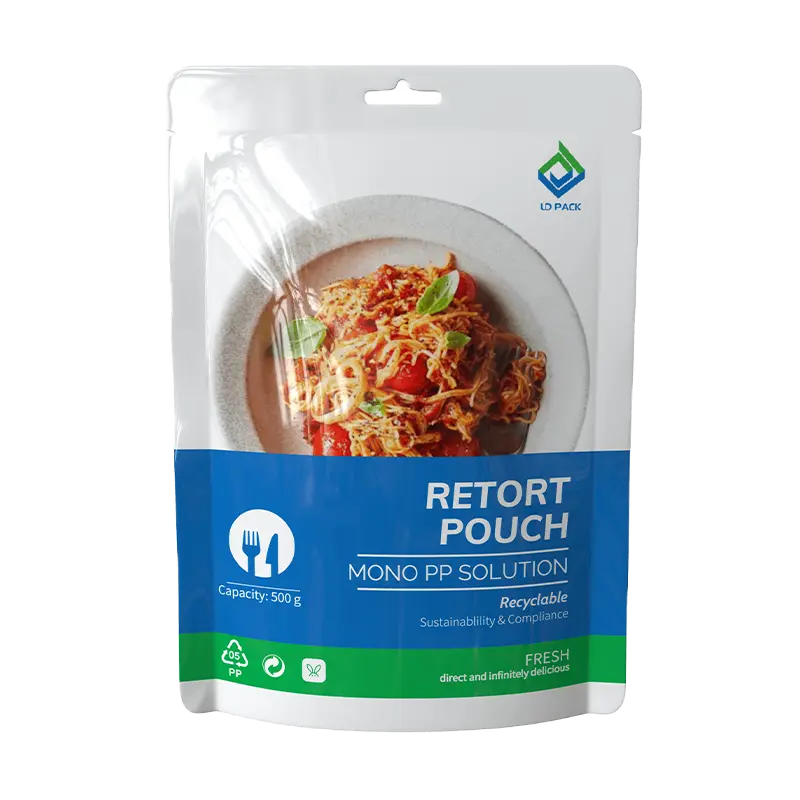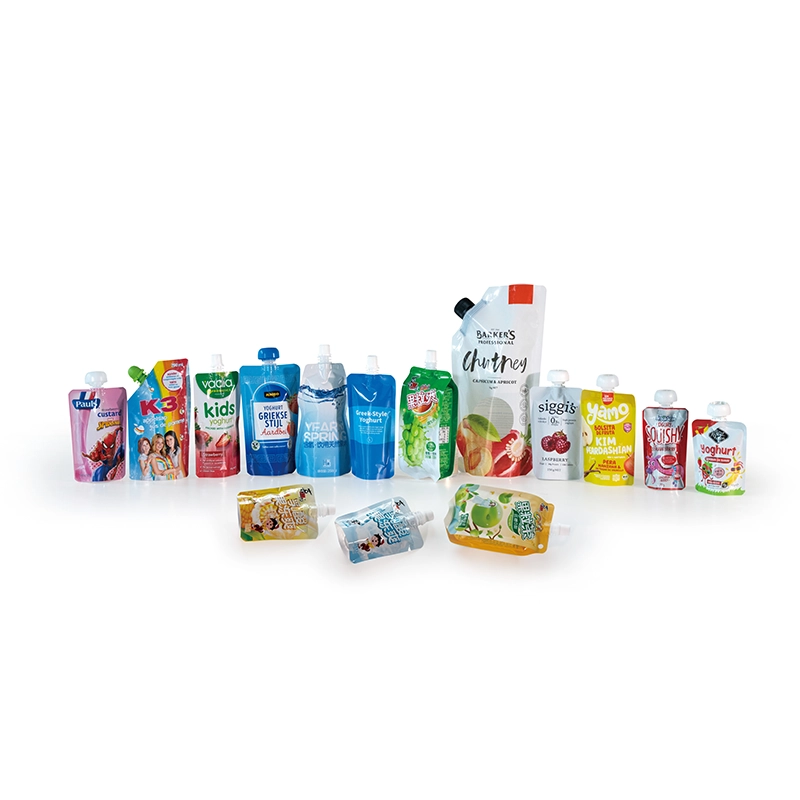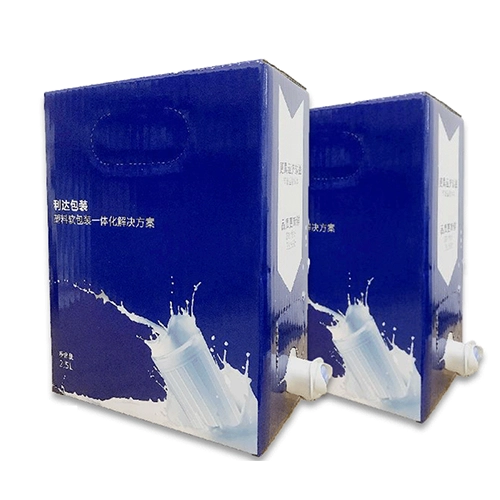Composite Substrates
Frequently-used Composite Substrates
In the field of flexible packaging Composite film, the frequently-used composite substrates include: biaxially polyester film (BOPET), Biaxially oriented Polypropylene (BOPP), biaxially oriented nylon film (BOPA),Casting polypropylene film(CPP), casting polyethylene (CPE), blowing PE, etc., and part of the films above with surface treatment of coating or steam modification. Besides the traditional substrate materials above, with the rapid development, the co-extruded composite film is also widely used in flexible packaging.
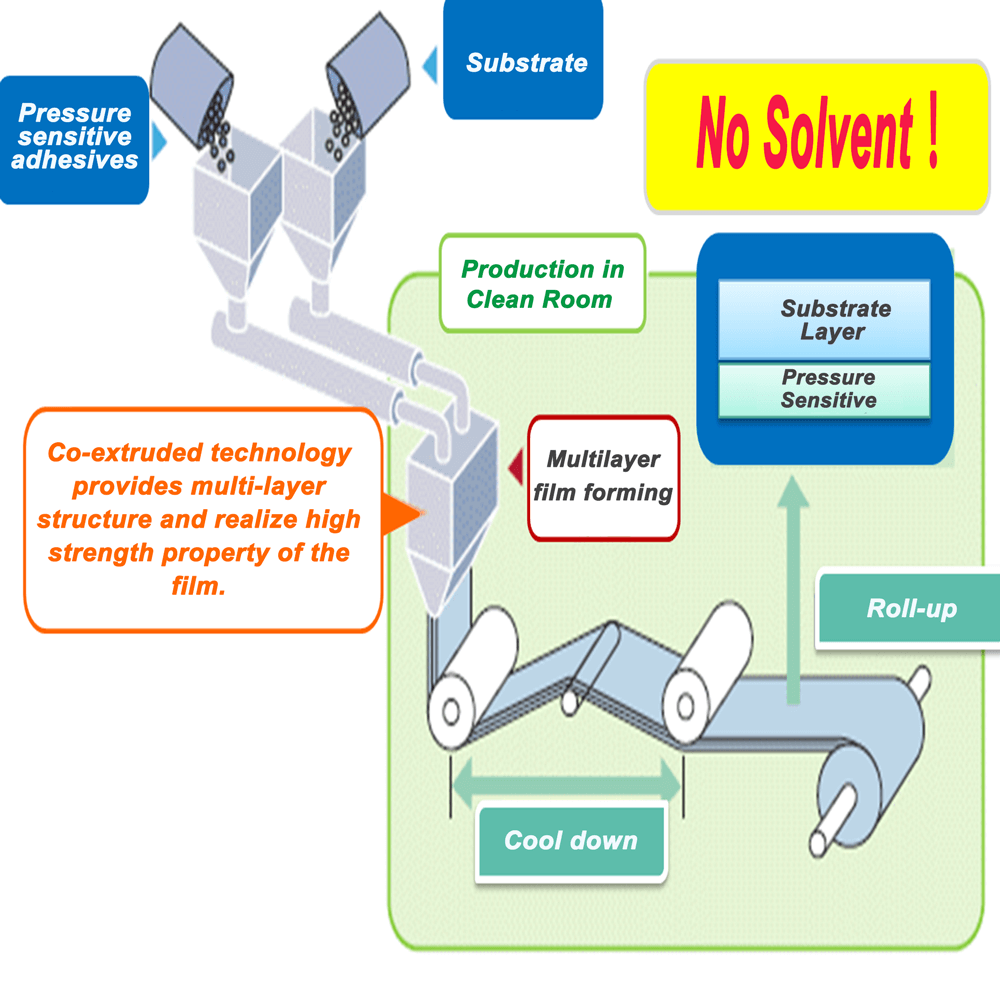
Co-extruded Film (Up blowing & Down blowing)
What is co-extruded film
Co-extruded film refers to the polymer film produced by multi-layer co-extrusion process, with excellent barrier properties, mechanical properties, molding properties and heat sealing properties. It does not involve ink, adhesives, additives and other solvent residue problems due to its process without any other laminating, so the co-extrusion molding technology is used more and more extensively.Multi-layer co-extrusion is a kind of green production process, especially for the current food packaging industry. All the raw materials, which are certified by food hygiene and safety, are fed by a special feeding pipeline, no raw material exposure, and no environmental pollution. The bonding layer is made of food safety grade raw materials, which is non-toxic to the environment, food and human body, and there is no solvent residue phenomenon involved in traditional laminating technology. Co-extruded films can be used alone or combined with other substrates.
(1) Definition
Co-extrusion composites refers to that by using three or more single-screw extruder, make the resin raw materials with different functions, such as PE, PP, nylon (PA), EVOH etc., fused and extruded respectively to meet in multi-layer die head through the respective flow channel, then generate the multi-layer co-extruded composite film after blowing moulding and cooling. The common processing methods of multi-layer co-extrusion are divided into three kinds: air-cooled up-blowing, water-cooled down-blowing, and tape casting.
Any kind of plastic raw material can not have a variety of performance characteristics at the same time, but the multi-layer co-extruded film can combine all kinds of different resins together, integrating the advantages of different resins, so as to produce film with with comprehensive properties and meet the different packaging requirements, which is one of the most important characteristics of the co-extruded Film. Multi-layer co-extrusion is a plastic processing technology developed in the 1960s, and our country began to introduce this technology from Germany and Canada in the mid-1980s. At present, the multi-layer co-extrusion technology has been developed rapidly in China. There are hundreds of imported production lines in China now, such as W&H from Germany, Reefenhauser, Bindun from Canada, GAP from Italy etc; moreover, some Chinese production lines also have a high market share.
(2) Characteristics
The co-extruded composite process has the following characteristics:
• The structure of co-extruded composite film can realize a variety of functions at the same time through combining materials with different properties in accordance with specific needs. For example, the heat sealing and packaging machines require the film with good mechanical processing properties. The solution is that, MDPE(medium density polyethylene) or HDPE(high density polyethylene) can be used in the multilayer structure to improve the strength and toughness of the film, ensuring that it has good mechanical processing performance. For the inner layer, PE with better heat sealing performance can be used to realize both good heat sealing performance and machine performance. For packaging with the higher requirements, PA and EVOH can be used as barrier layer to product film with high barrier and medium barrier performance, effectively extending the shelf life of the content in packaging.
• Cost reduction: Multi-layer co-extrusion technology is one-time molding process without any other traditional processes like laminating or coating. It effectively reduces the cost of raw materials and production. Moreover, under the premise of meeting customer requirements, it can achieve the purpose of reducing the usage and cost of materials by minimizing the thickness of the required resin raw materials with the single layer as thinnest as 2~3μm.
• A variety of structural combinations of films can be designed to adapt to different packaging requirements. Through the structure design, a variety of materials for different combinations give full play to the performance of different raw materials, effectively meeting the customers’ needs of different packaging purposes. The more layers, the more flexible the structure design will be. For example, through the barrier layer design, it can produce high barrier, medium barrier, no barrier with the same series of products, and through the structure design, it can realize the color change of the co-extruded film, and produce films with different colors by adding color master batch into the multi-layer co-extrusion structure.
• Wide range of application. The co-extruded composite film material is suitable for all the packaging fields: food, daily chemical, beverage, medicine, electronic products, protective film, etc. With the development of multi-layer co-extrusion technology, the scope of application will be more and more extensive.
(3) Structure
The structure of co-extruded composite film can be divided into two main categories: symmetrical structure (A/B/A or A/B/C/B/A) and asymmetric structure(A/B/C), with 3~11 layers in the majority. Here’s a typical structure of 5-layer co-extruded film as example.
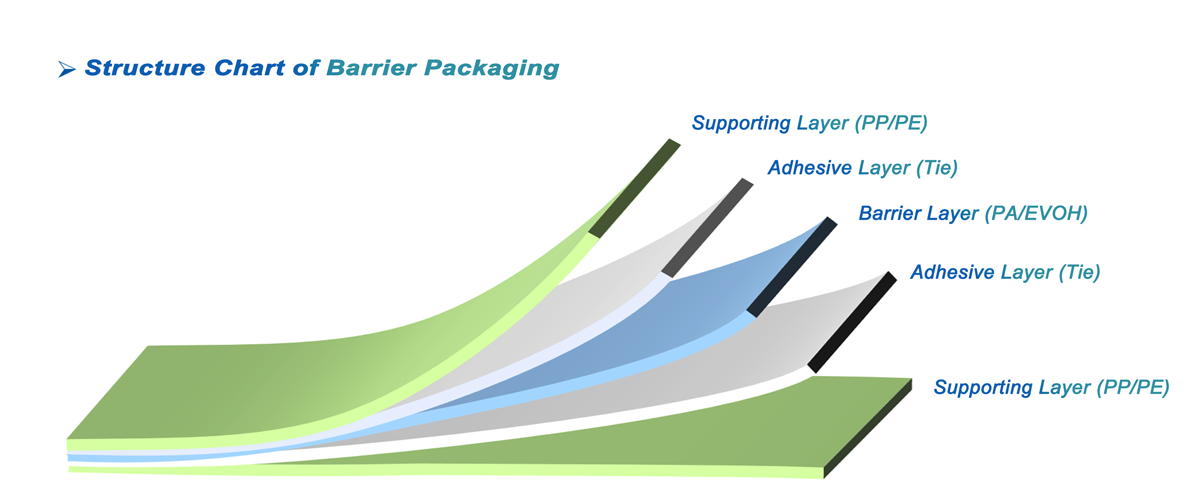
According to the chart above, the symmetrical structural layer of multi-layer composite film is composed of three functional layers: barrier layer, bonding layer and supporting layer.
• Barrier Layer: The barrier layer plays the role of oxygen and water resistance or oil and penetration resistance. Through controlling the thickness of the barrier layer, it can ensure the barrier performance of the film is suitable for different packaging needs. EVOH, PVDC and PA are often used as the barrier materials. Various barrier materials can be used separately to form a series of high barrier packaging films, and PA and EVOH can also be used in combination to give full play to the advantages of the two materials.
• Supporting layer: the general symmetrical structure material has two supporting layers, the inner layer is used for heat sealing, called heat sealing layer, and the outer layer is directly used as the outside of the packaging film or for printing called printing layer. The support layer requires good mechanical strength, heat sealing, water vapor barrier, transparency and printability, which is generally selected LDPE or LDPE/LLDPE mix material. The supporting layer generally uses a combination of different types of polyolefin, mainly according to the requirement of different contents for the packaging film.
• Bonding layer: The main effect of bonding layer is to bond the barrier layer and the supporting layer to ensure the peeling force between the layers. The material and thickness of the adhesive layer is generally selected based on the material of the supporting layer and the barrier layer, as well as the required adhesive strength.
Common structures include 7 layers, 9 layers, 11 layers, and so on. PE represents the supporting layer material and PA represents the barrier layer material, which illustrate the structure of multi-layer co-extruded film.
Typical symmetrical structure:
| PE/Tie/PA/Tie/PE | Produced by machine for 5 layers or above |
| PE/Tie/EVOH/Tie/PE | |
| PE/Tie/PA/EVOH/PA/Tie/PE | Produced by machine for 7 layers or above |
Typical asymmetric structure:
| PA/Tie/PE/Tie/PA/Tie/PE | Produced by machine for 7 layers or above |
| PA/Tie/PP/Tie/PA/Tie/PP | |
| PA/Tie/PE/Tie /PA/EVOH/PA/Tie/PE | Produced by machine for 9 layers or above |
| PA/Tie/PP/Tie/PA/EVOH/PA/Tie/PP |
From above table, the co-extruded films with 9 layers or above have great flexibility. For example, using 9-layer machine to produce asymmetric PA film can use 2 more layers than 7-layer machine, which can realize diverse functions or colors by adding different additives or color master batch. However, with the increase of layers, the processing becomes more difficult, so the multi-layer co-extrusion generally includes 5~11 layers.
Statement: This article is sorted and written by LD PACK, and the copyright is owned by LD PACK. The content is only for learning reference. If there is any error, please correct it. Shall not be reproduced without permission, otherwise LD PACK will reserve the right to pursue its legal liability. If you have any technical questions, please E-mail sales@ldpack.com to discuss.


